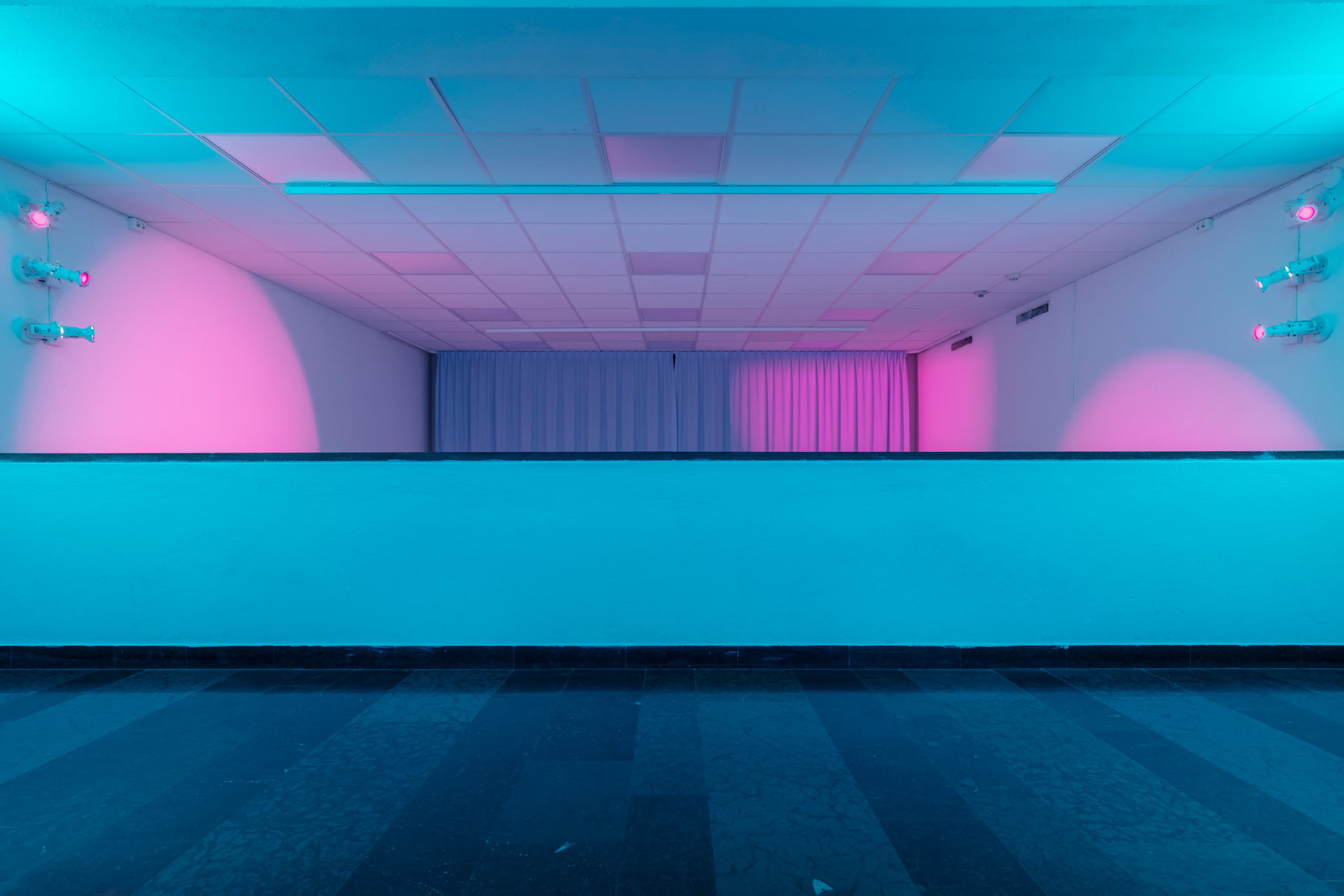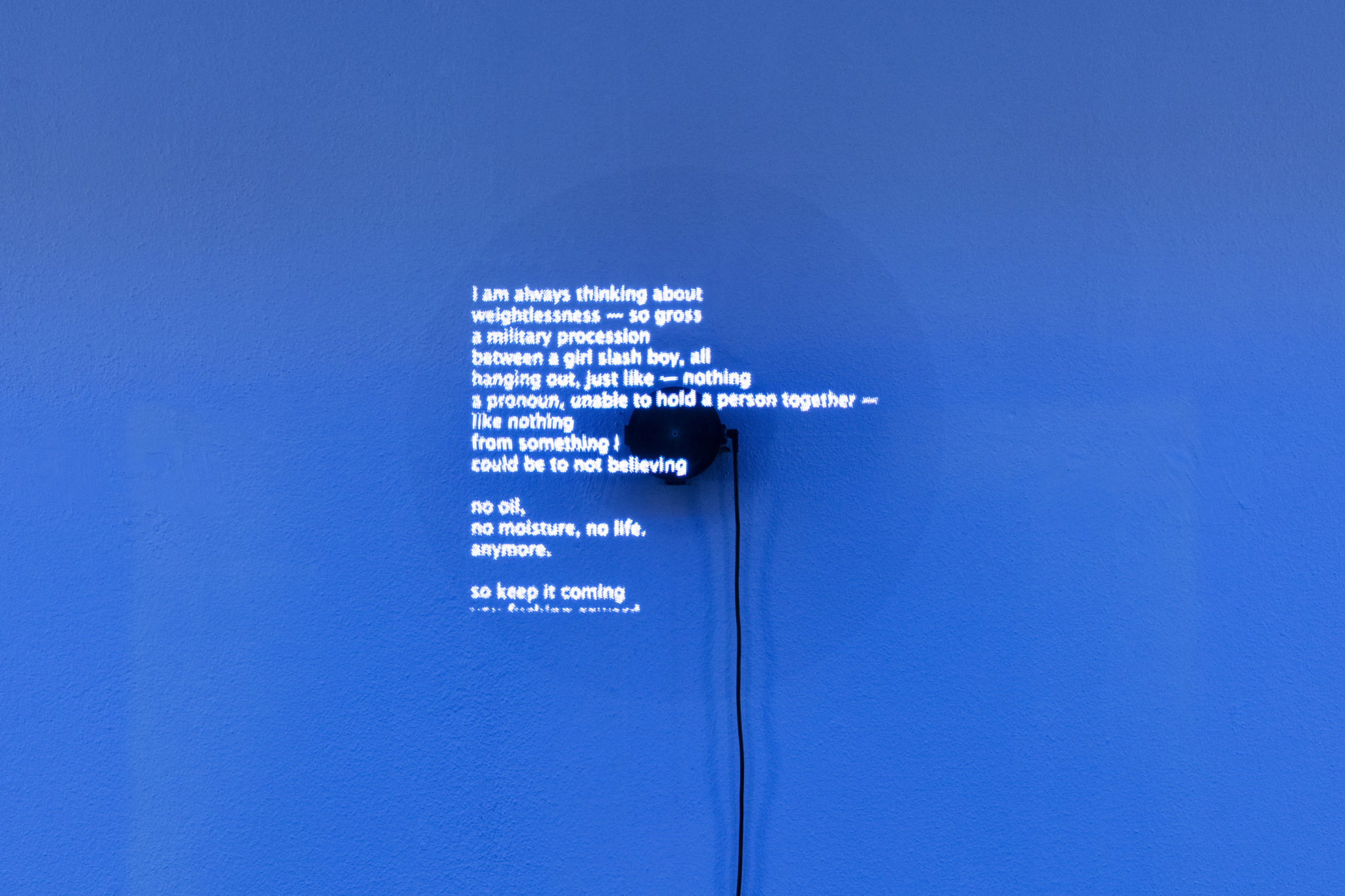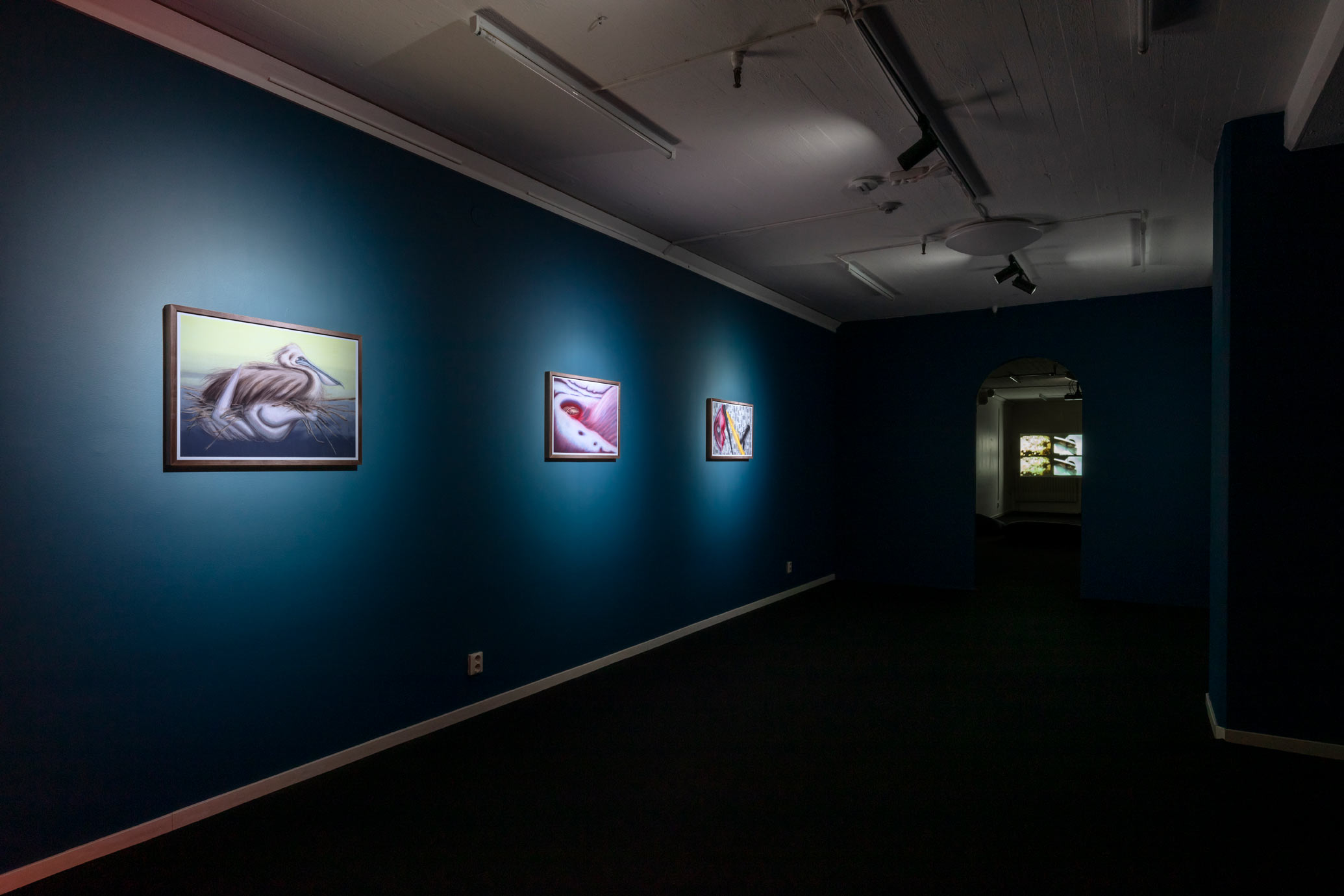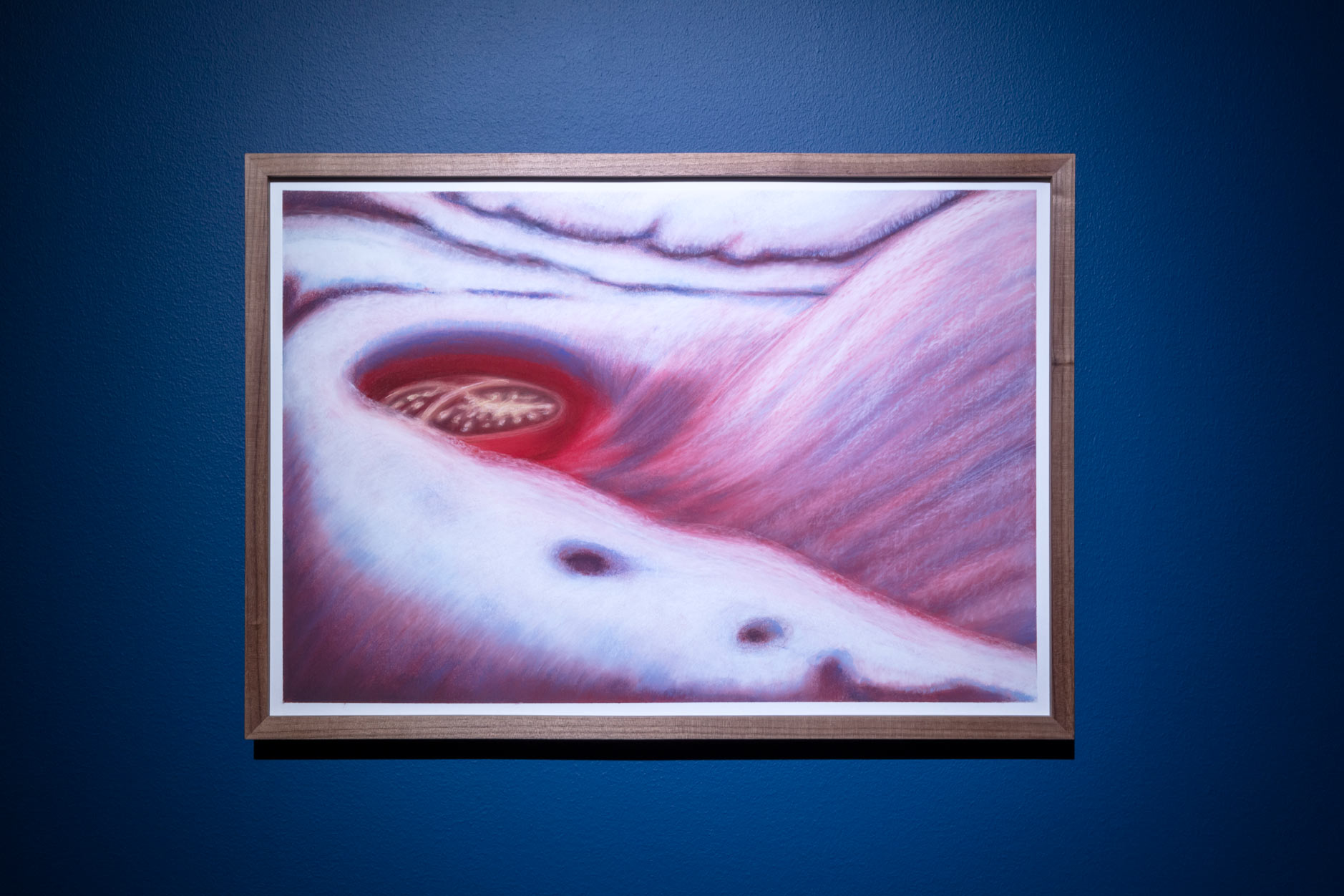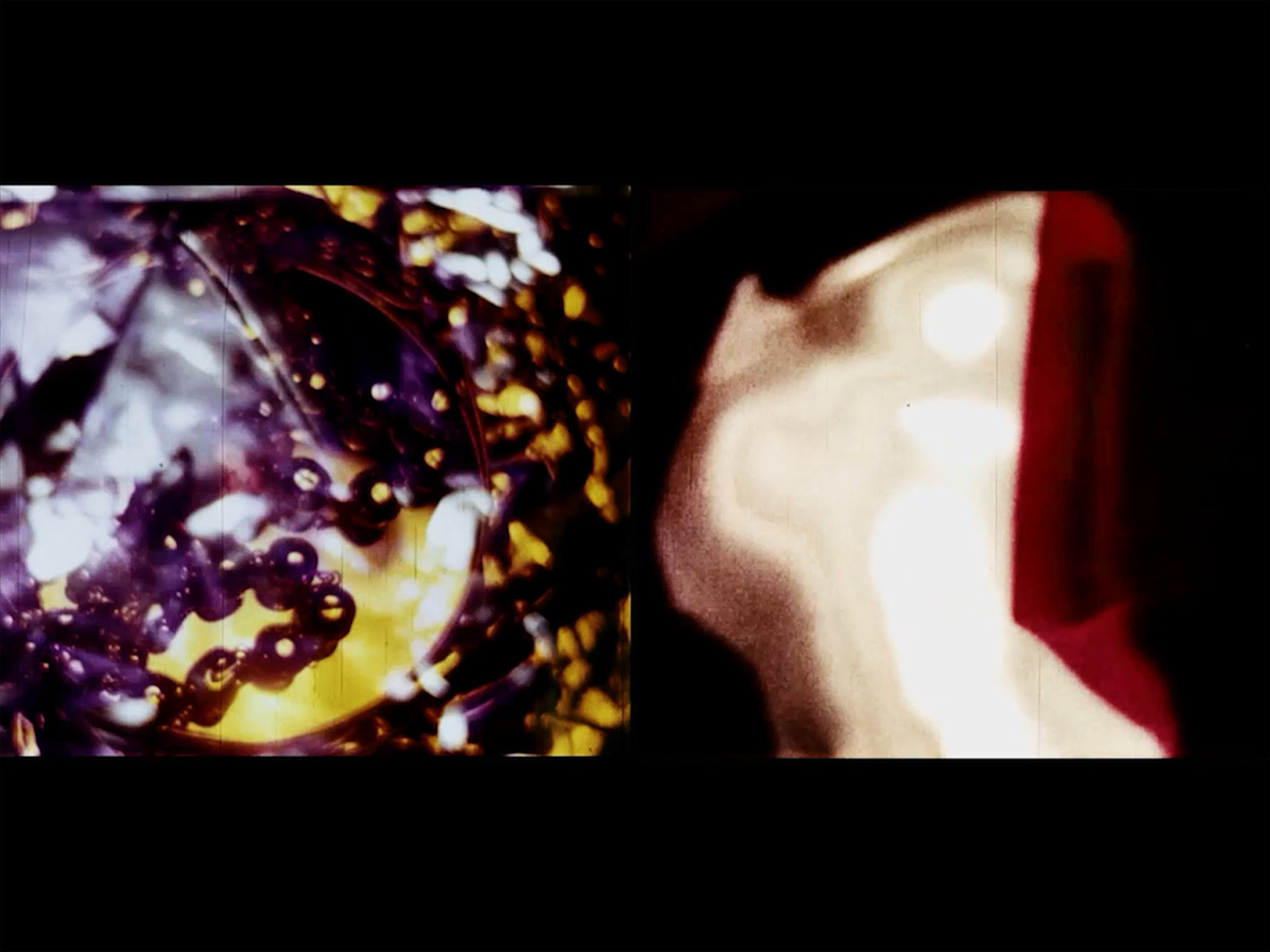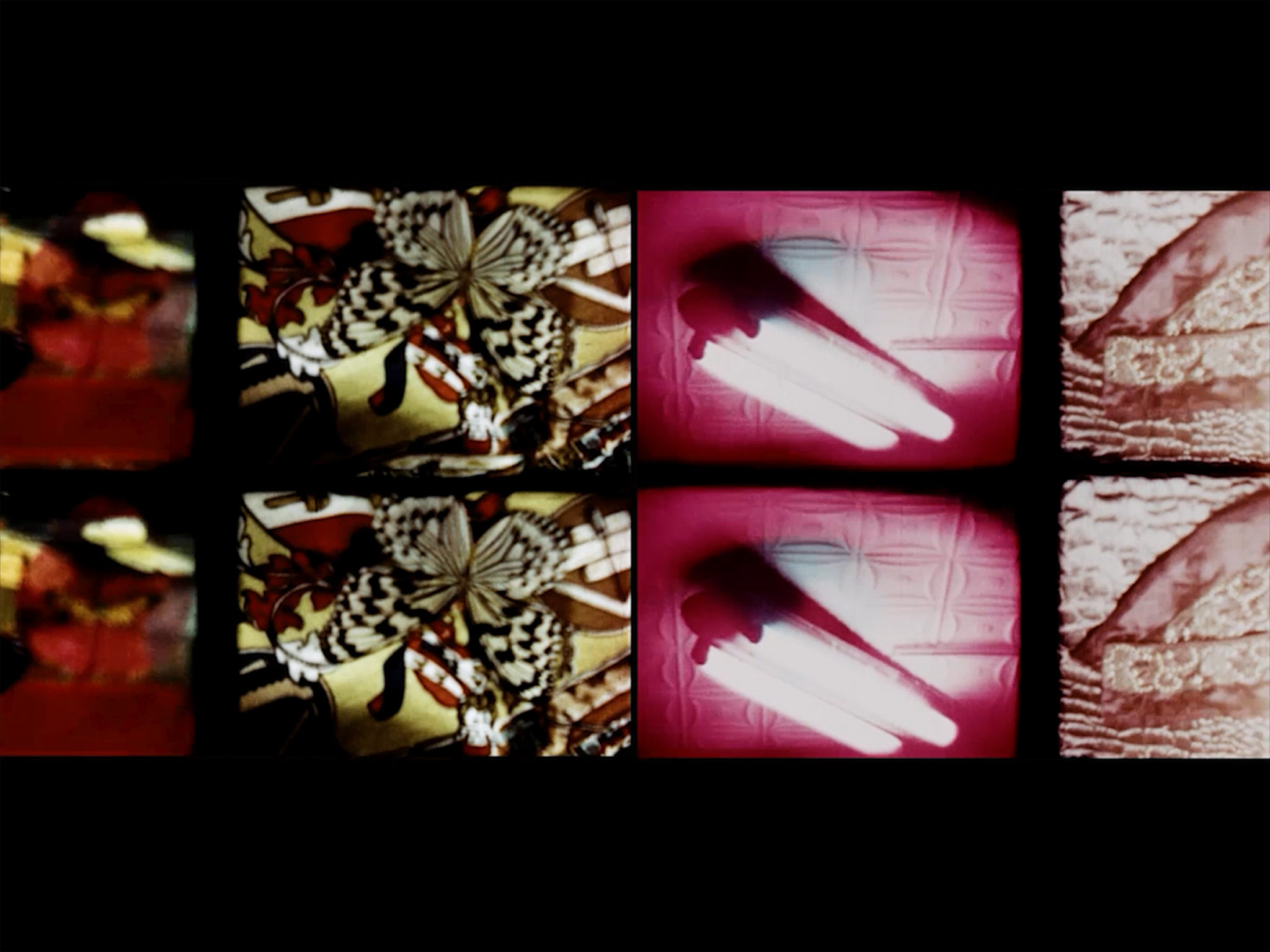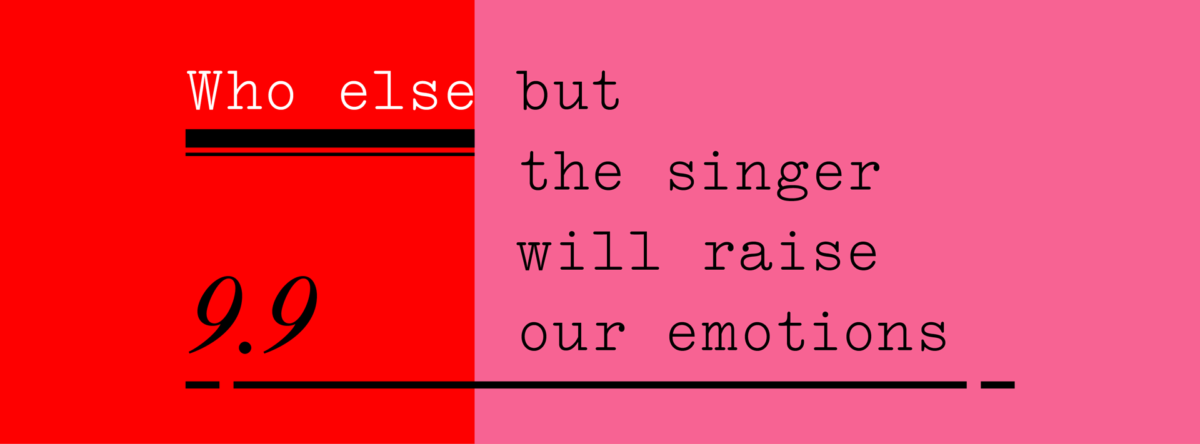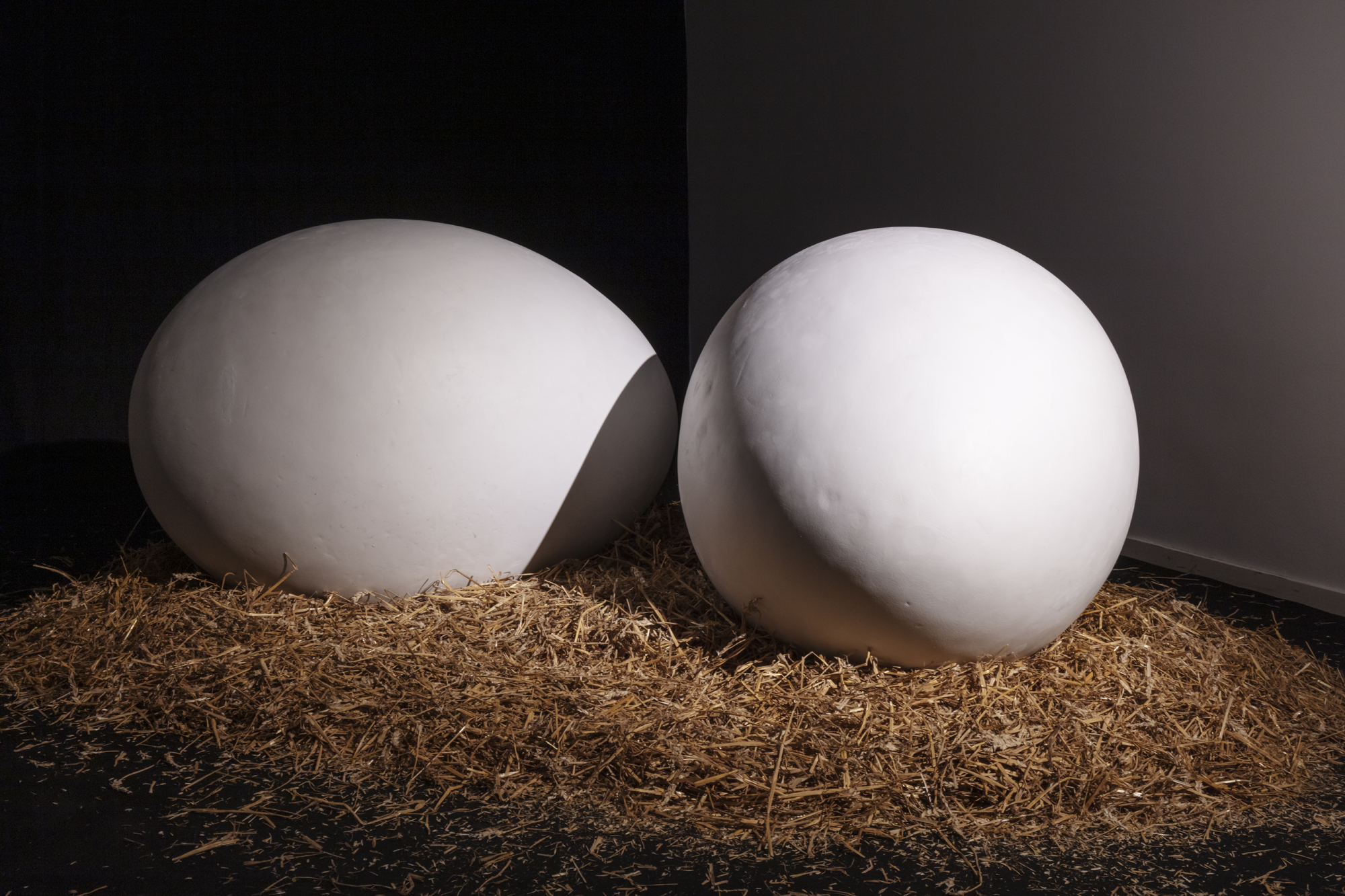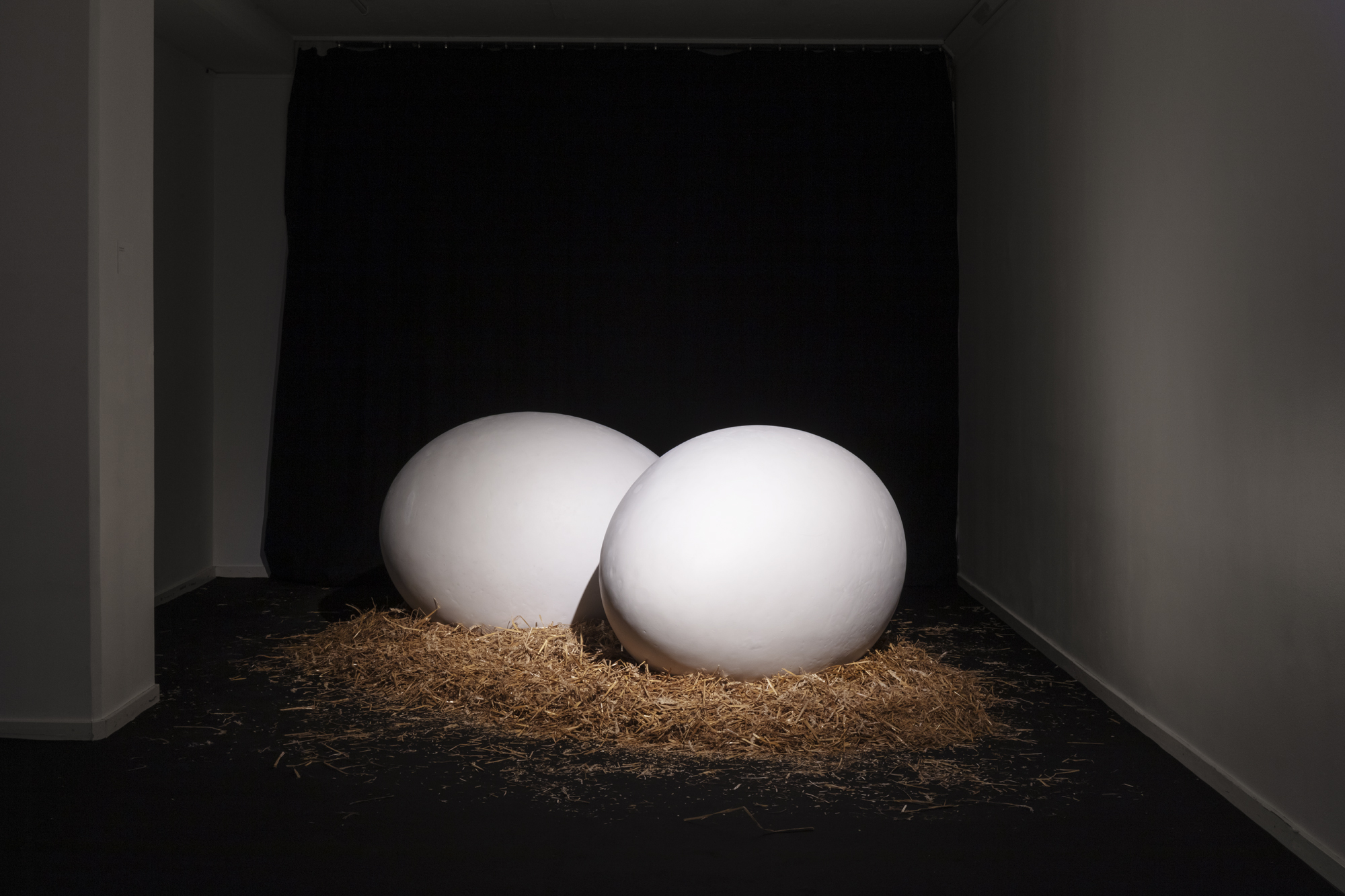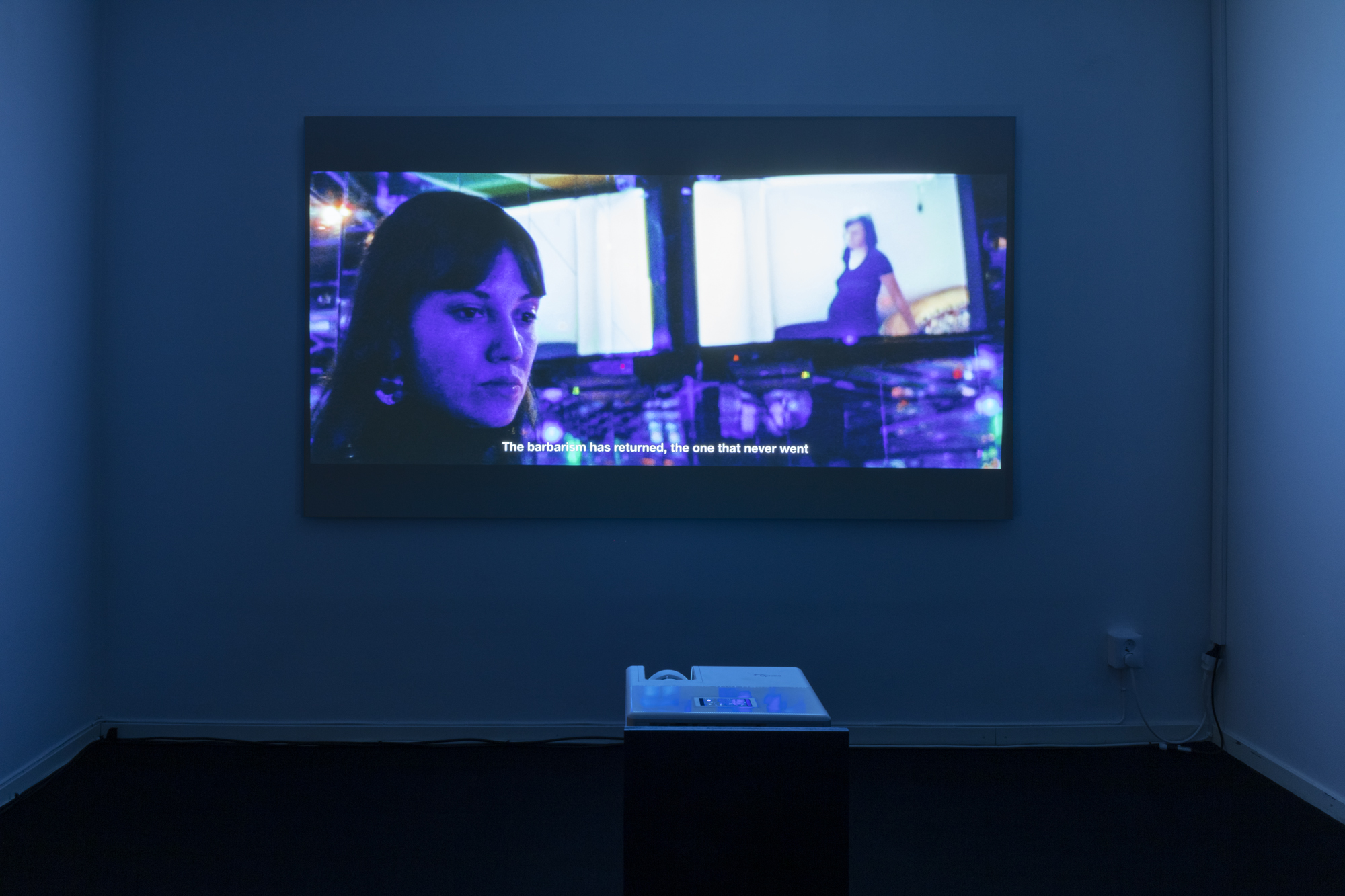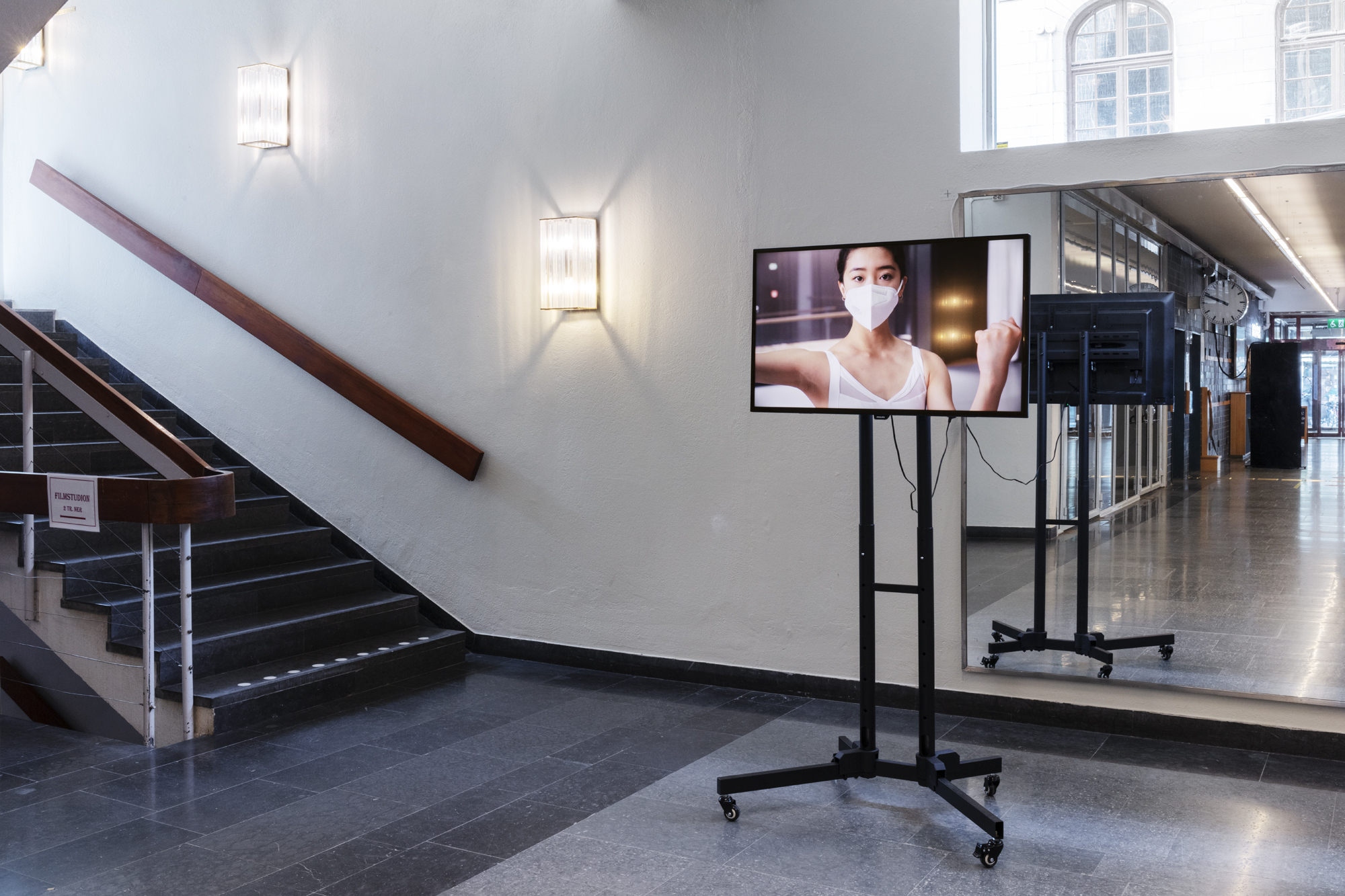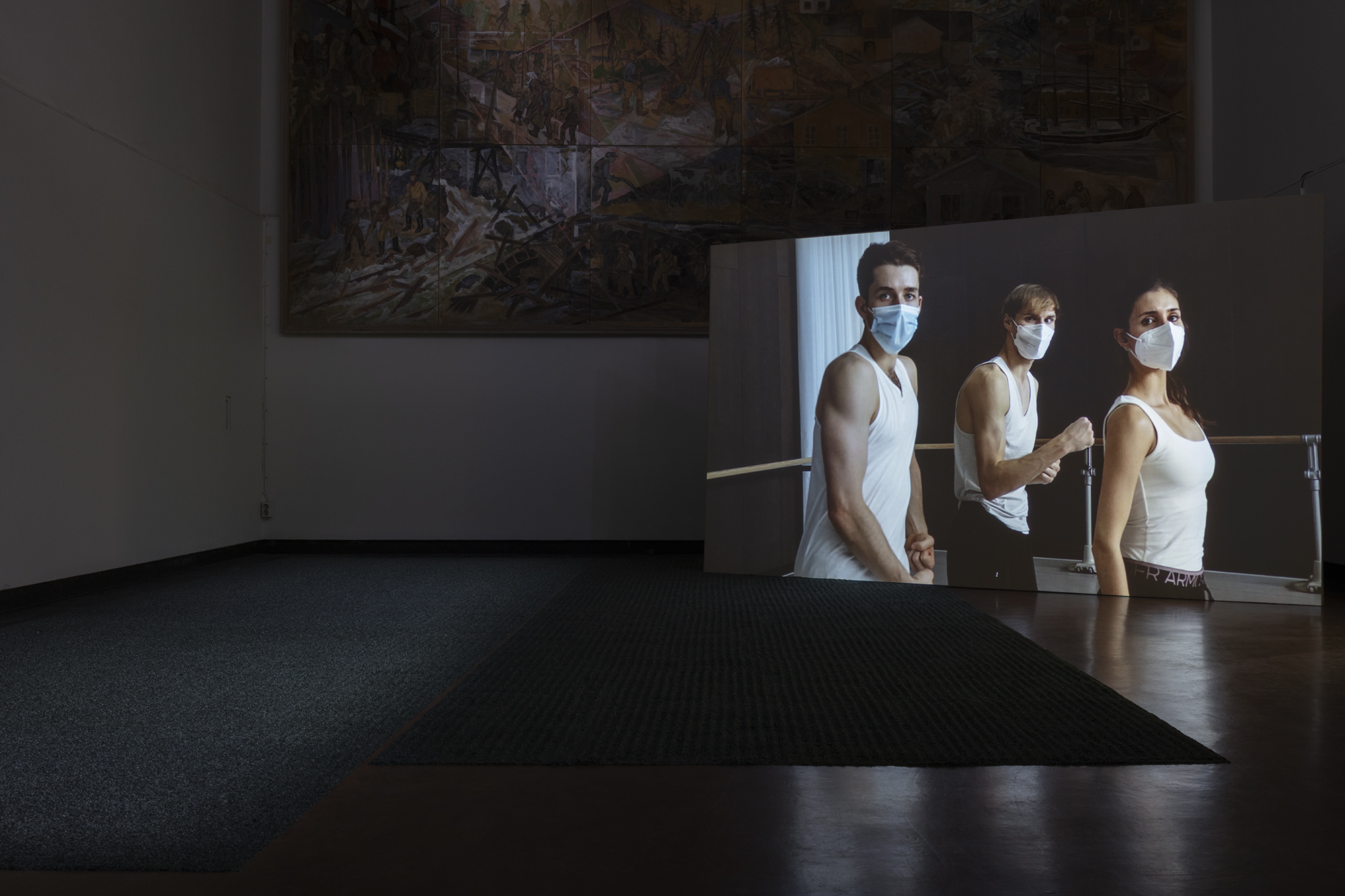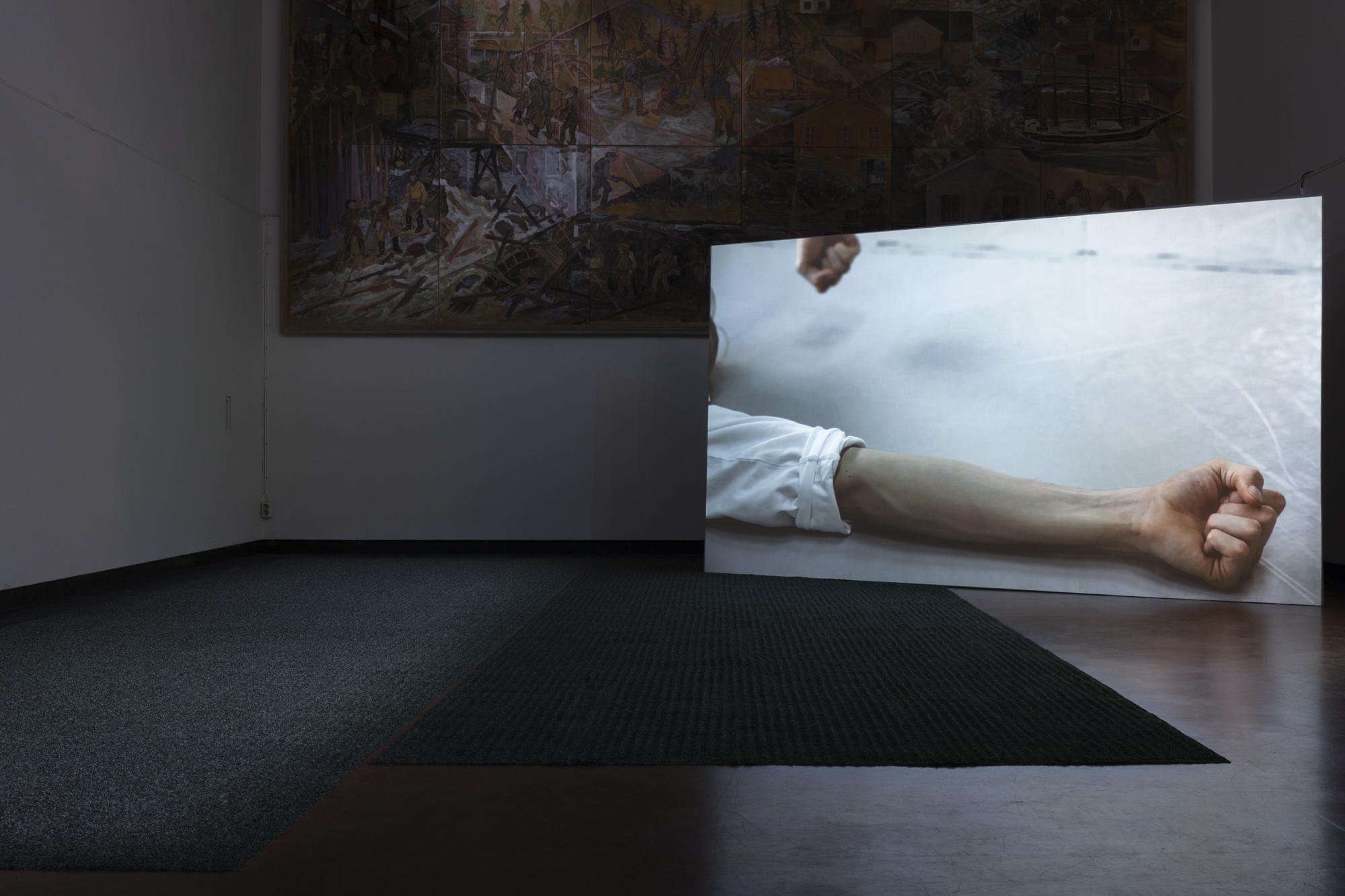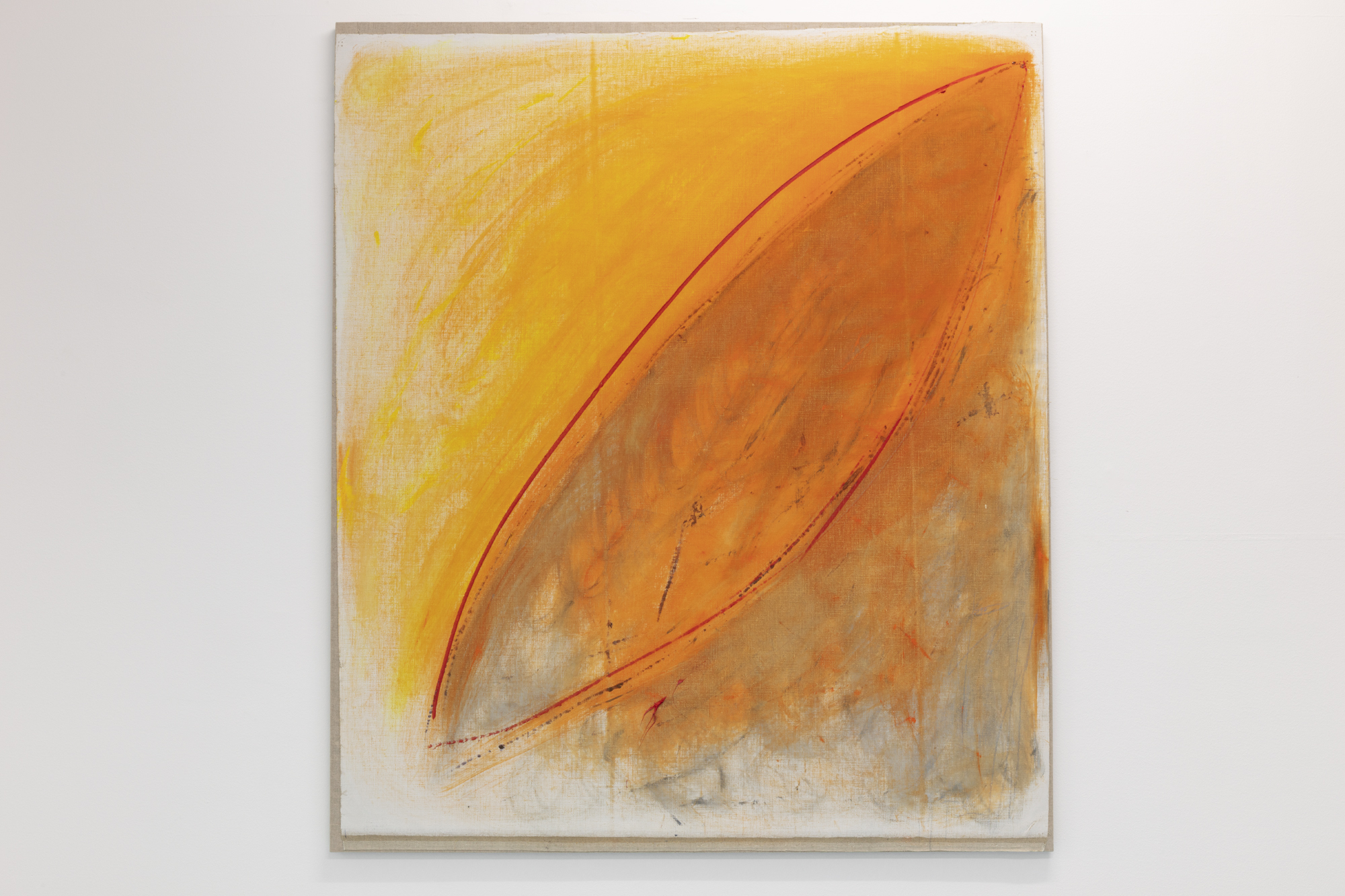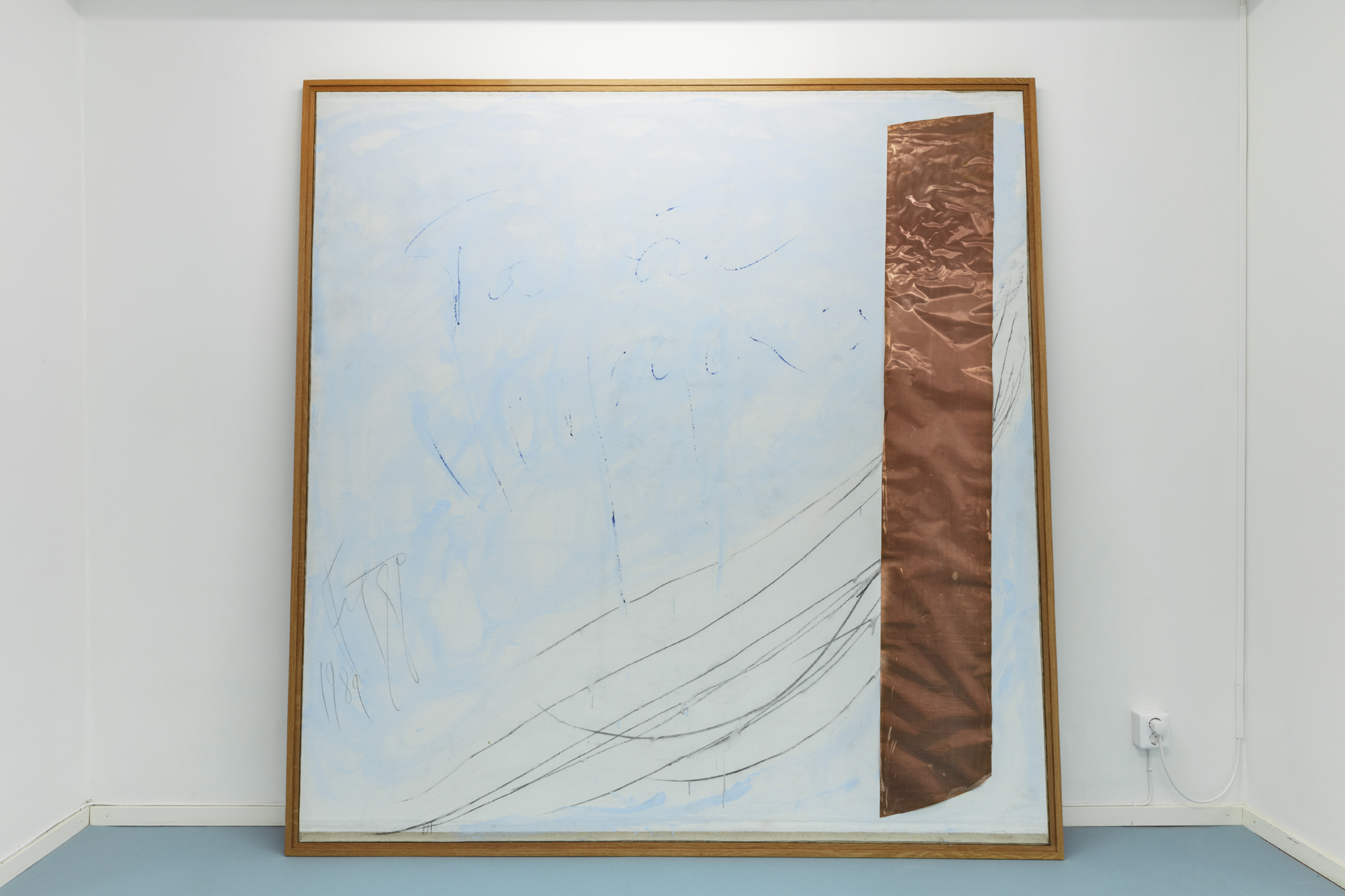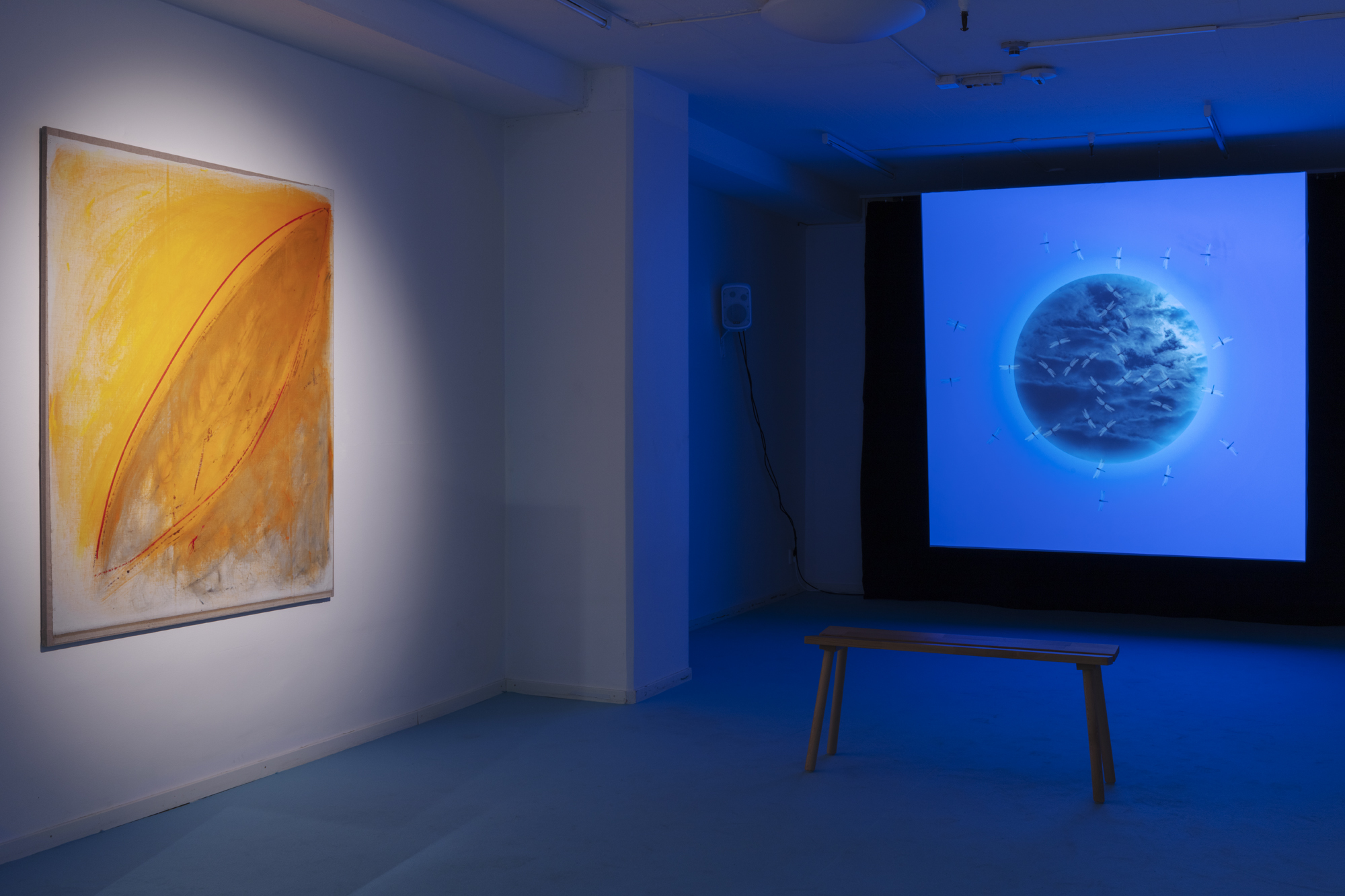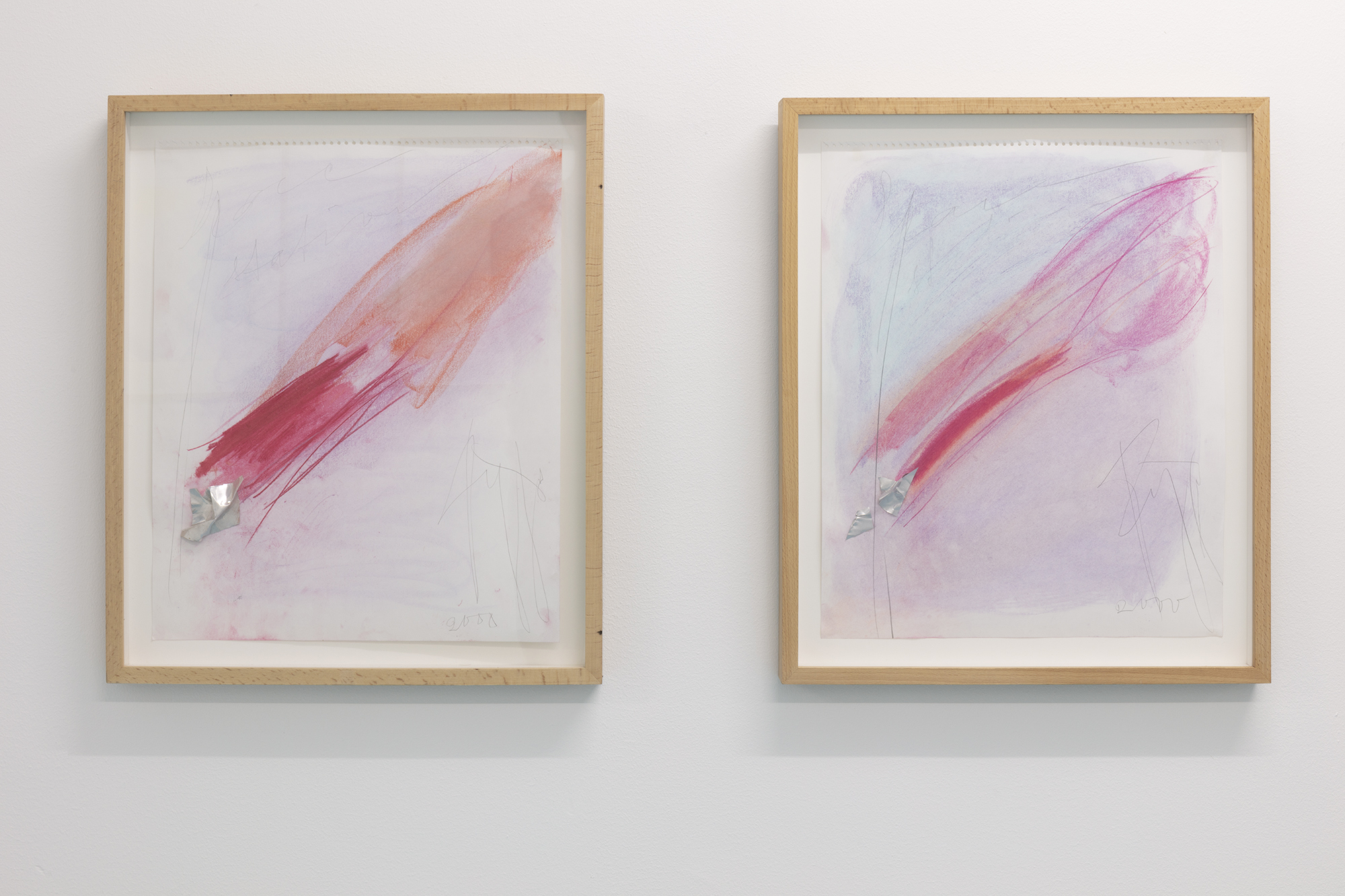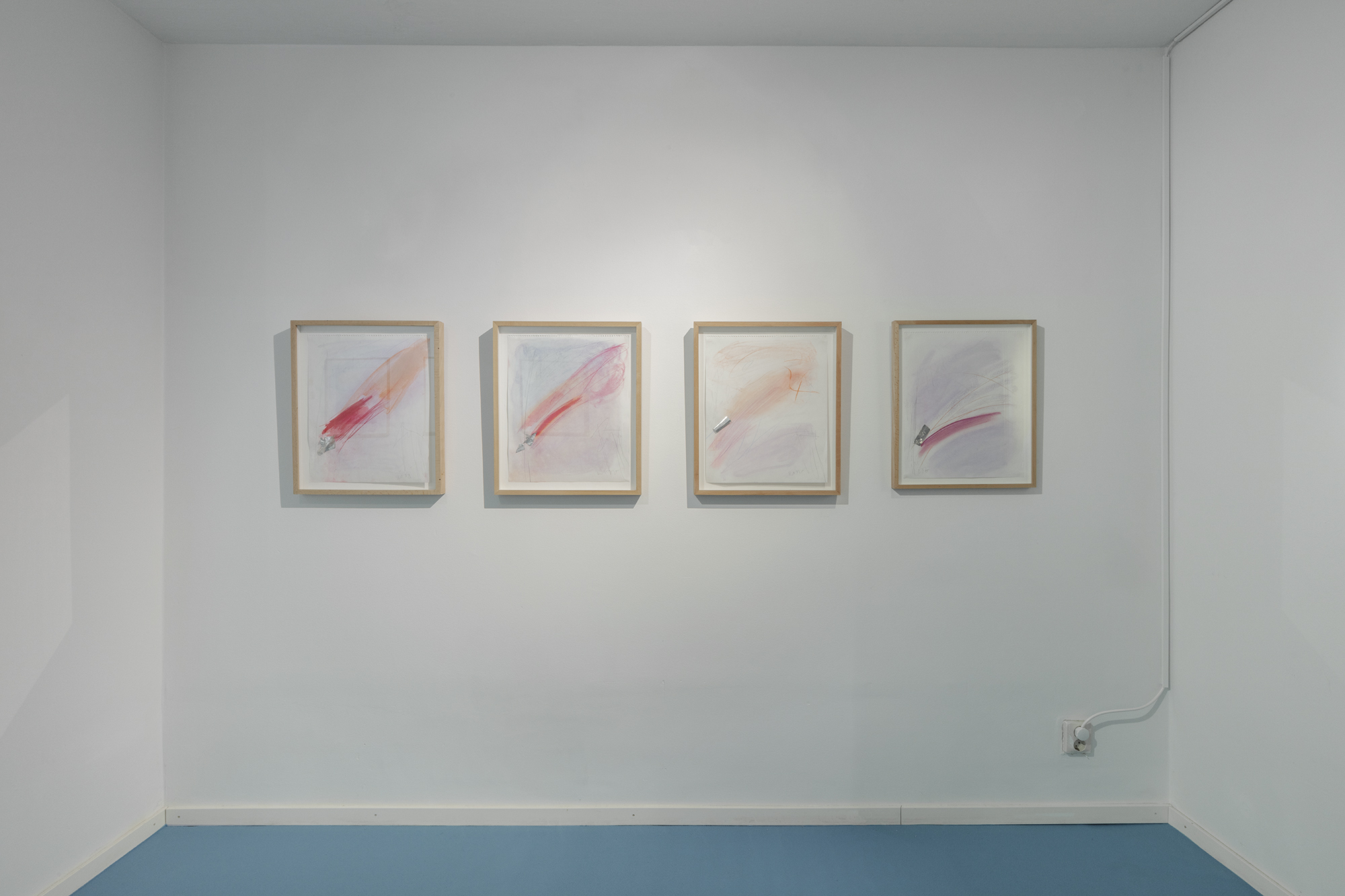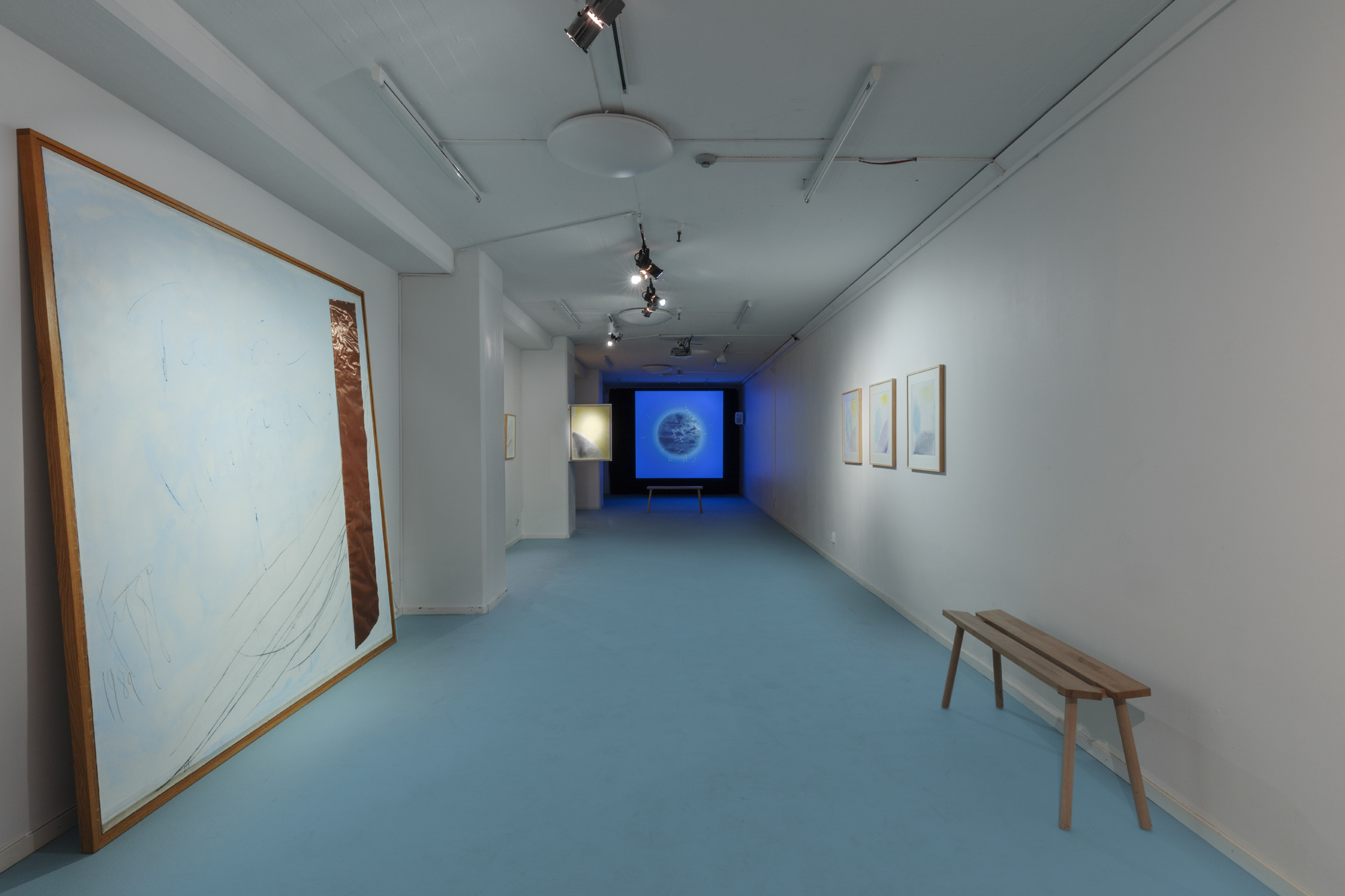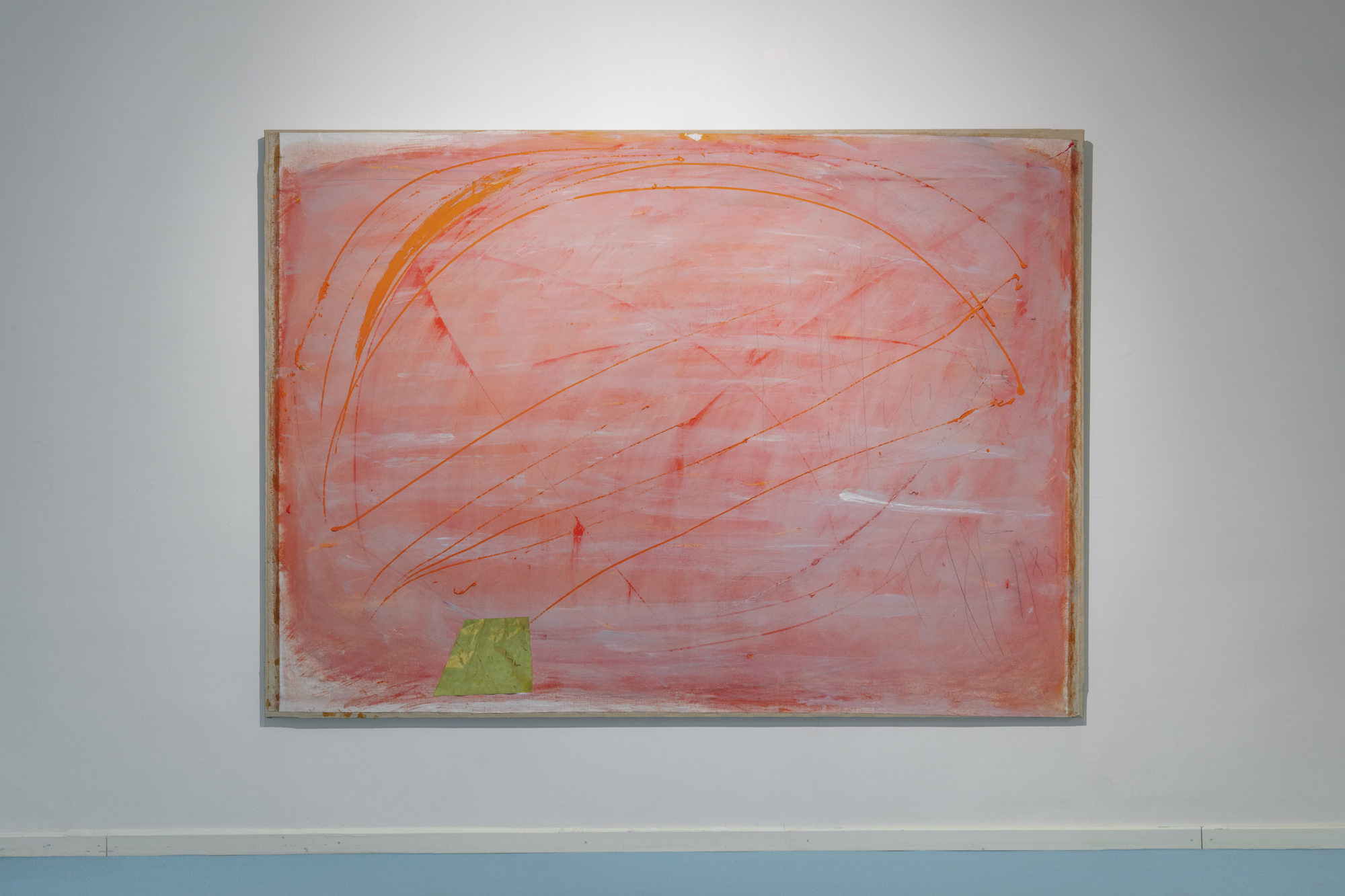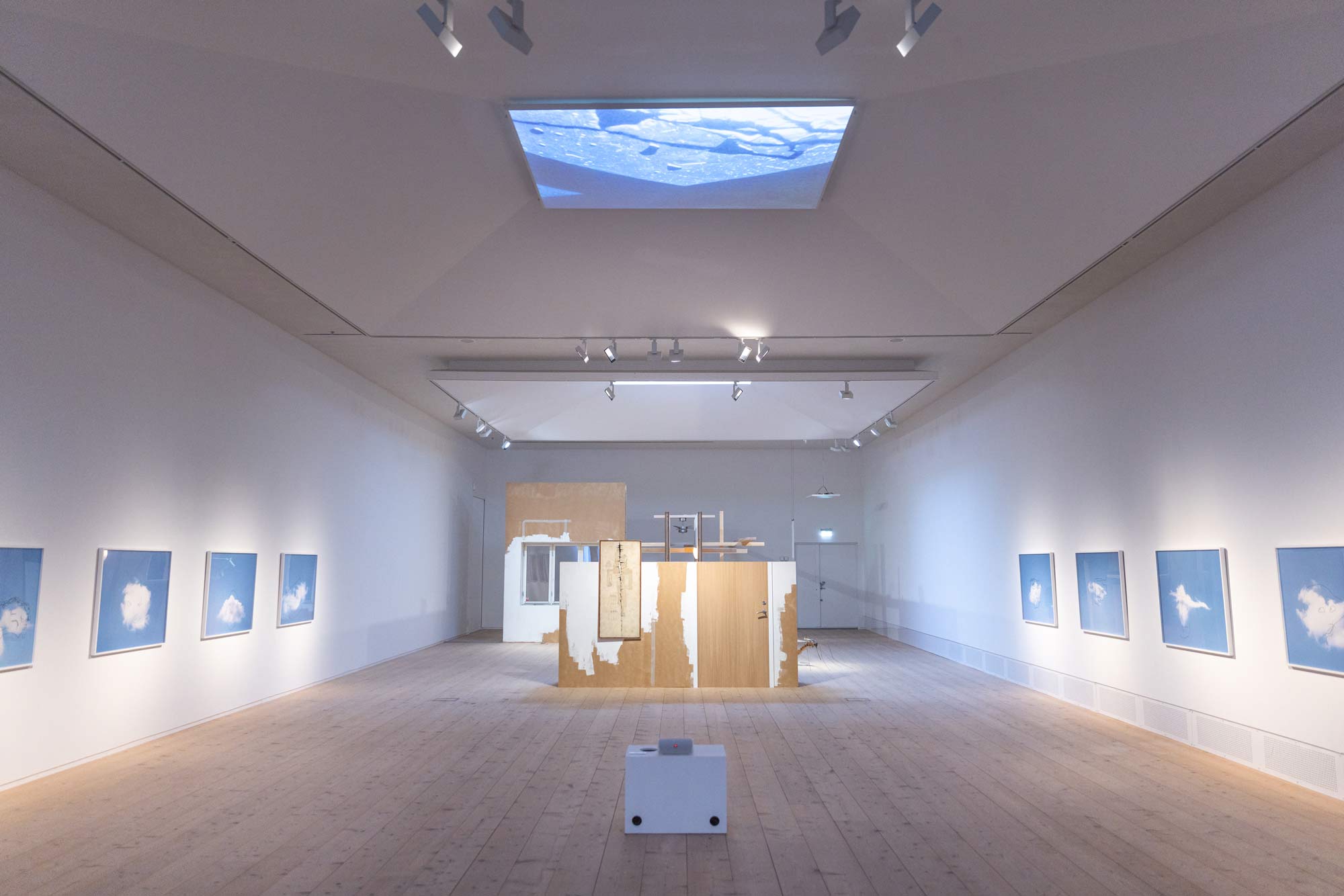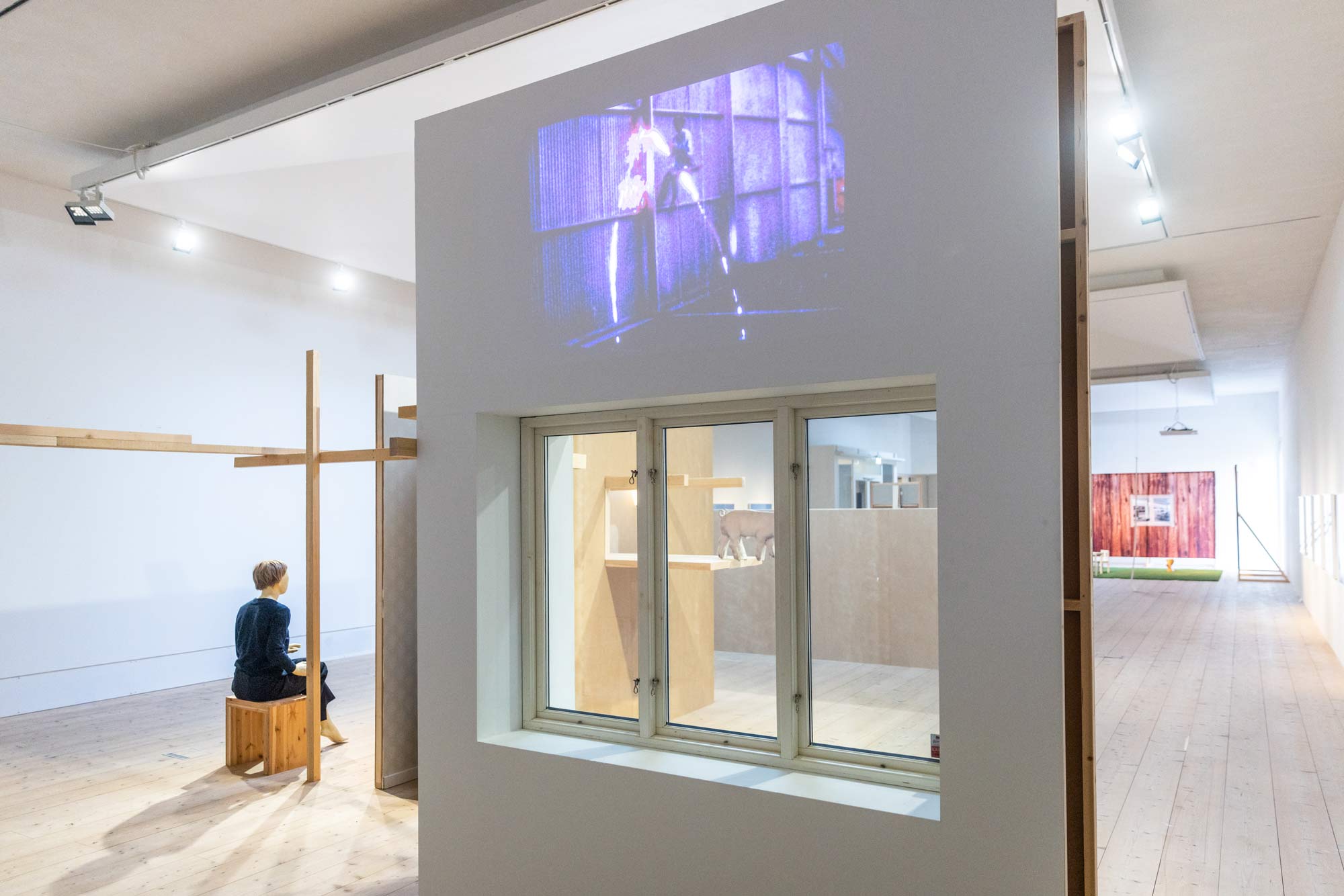21 April–29 May
May 11–13 the works will be exhibited at Mint, Sveavägen 41, Stockholm. Opening hours 13:00–18:00
For a month, Mint arranges sales of works of art donated by Swedish artists Edith Hammar, Susanna Jablonski, Lap-See Lam, Matts Leiderstam, Helena Lund Ek, Olof Marsja, Santiago Mostyn, Ksenia Pedan, Olga Pedan & Iris Smeds
Proceeds from the sale go in full to the Ukrainian Emergency Art Fund. For questions or interest in buying a work, contact info@m-i-n-t.se
Ukrainian Emergency Art Fund is a local organization that supports cultural workers in Ukraine who are in urgent need of support to ensure a basic standard of living and protection. The organization also supports curators, theorists, researchers and other cultural workers working in non-governmental organizations for continuity in their activities.
To read more: https://ueaf.moca.org.ua/
ARTWORKS

SOLD!
Bälte (2021)
Cheramics
30 x 17 cm
Price: 10 000 SEK
Edith Hammar born 1992 in Helsinki and educated at the Royal. Stockholm Academy of the Arts. Edith works with ink, wood, ceramics and also draws educational and homoerotic comics.

SOLD!
Cork Tree (2016)
Archival inkjet print
Edition 3/5 + 1 AP
75 x 50 cm
Price: 7000 SEK
Susanna Jablonski (b.1985) is an artist based in Stockholm that makes sculptural installations in which diverse materials carry and contrast each other in an expanded spatial language. Jablonski’s work has been shown at Moderna Museet (SE 2022), Kalmar Konstmuseum (SE 2021), Bonniers Konsthall (SE 2020), Revolver Galería (PE 2020) among other places, and is in the collections of Moderna Museet and Statens Konstråd (SE).

SOLD! Ett drakfjäll (2022)
Quintus pressed sheet brass
480 x 450 x 1 mm
Price: 40 000 SEK
Lap-See Lam (b. 1990, Stockholm) holds an MFA from the Royal Institute of Art in Stockholm. She was awarded the Dagens Nyheter Culture Prize in 2021. She has participated in numerous national and international exhibitions, including Future Generation Art Prize, Kyiv (2021); Trondheim kunstmuseum (2021); Performa 19, New York (2019) and Fondation Cartier pour l’art contemporain, Paris (2019). She recently presented her first comprehensive solo exhibition at Bonniers Konsthall (2022). Lams work is included in collections such as KADIST (France/ USA), Moderna Museet (Sweden) and Public Art Agency (Sweden).

SÅLD!
Efterbild (The Dead Christ and the Three Maries) (2012)
C-print
Ed. 2/10 + 1 AP
42 x 63,7 cm, framed
Price: 20 000 SEK
Matts Leiderstam (b. 1956), lives and works in Stockholm and Malmö. Selected solo presentations from recent years: The Royal Swedish Academy of Fine Arts, Stockholm (2022); Tomelilla Konsthall (2021); Salonul de proiecte, Bucharest (2021); Andréhn-Schiptjenko, Paris (2021); Wilfried Lentz, Rotterdam (2017). Selected group exhibitions: Heine Onstad Kunstsenter, Oslo (2022); Moderna Museet, Stockholm (2022); Malmö Konstmuseum (2021); Art Encounters Biennial, Timișoara (2019); Tensta Konsthall, Stockholm (2018); 11th Shanghai Biennale (2016); The National Gallery, Prague (2016); Prada Foundation, Milan (2015); 8th Berlin Biennale (2014); Tamayo Museum, Mexico City (2013).

SOLD!
Radie (2022)
Acrylic and pastel on cotton
32 x 42 cm
Price: 20 000 SEK
Helena Lund Ek (b. 1988) works with painting as a method, image and installation. In recent years, Lund Ek has initiated her own exhibitions in rooms outside the white cube and has participated in the Moderna Show at Moderna Museet (2018) and Insights – Swedish Acquisition at Moderna Museet (2022). She is currently working as a senior lecturer in painting at the Royal Academy of Fine Arts, Stockholm.

SOLD!
Fail harder next time. (2017-2019)
Satin, paint, rubberfoam, rope
340 x 130 cm
Price: 25 000 SEK
Iris Smeds (b. 1984, Härnösand) work revolves around the commodification of the individual and examines our existence and society from a poetic and performative viewpoint. Her projects blur the boundaries between installation, performance, video and sculpture, often using theatrical and surreal imagery. Since 2013, she has also performed in the one-woman punk band “Vaska Fimpen”.

Terminus (2014)
Mdf, gips, epoxi, fotokollage
Diameter 58 cm
Price: 20 000 SEK
Ksenia Pedan (b. 1986, Kharkiv) is an artist and set designer based in Stockholm and London. She works with sculpture and installation, often in collaboration with other artists, where the installations play a double role, also functioning as set design for performances and video art.

Finley in the Mist (Tagged) (2021)
Inkjet print on aluminum dibond
79 x 100 cm
Edition: Unique
Price: 23 000 SEK
Santiago Mostyn (b. 1981, San Francisco) is an artist based in Stockholm, Sweden. He is currently a fellow at Akademie Schloss Solitude in Stuttgart.

SOLD!
Home Complements (2021 )
Distemper on MDF, Meranti frame
Price: 24 000 SEK
Olga Pedan (b. 1988) in Kharkiv, grew up in Sweden and studied art at Goldsmiths University in London and Städelschule in Frankfurt am Main. For the last few years her work has mainly been focused around painting using traditional methods such as distemper and egg tempera on chalk ground. The works are often a mix of abstract and representational and often contain words or letter combinations.

SOLD!
Blått ansikte (2022)
Plywood, epoxy, alder wood, mdf, spraypaint
Price: 28 000 SEK
Olof Marsja (b. 1986) is based in Gothenburg and was educated at Konstfack and works mainly with sculpture where the organic, industrially produced and the handmade are put together into ambiguous figures and objects. Carefully carved wood, cast metal, hand-blown glass coexist with found and roughly processed materials. The sculptures that emerge are hybrid figures that glide between visual arts, crafts, imagination, reality, history and the present. Marsja has exhibited at Röhsska Museet, Bonniers Konsthall, Havremagasinet, Moderna Museet, Göteborgs Konsthall, Sami Center for Contemporary Art, Galleri Nevven and Kiruna Konstgille. He is represented in the collections of Moderna Museet, Gothenburg Art Museum, the Norwegian Sami Parliament, the City of Gothenburg, the Swedish Arts Council, the Röhsska Museet and Västra Götaland.

Together with Red Banners, 2020
Various textile techniques
180 x 130 cm
Price: 28000 SEK
Made by artist Bella Rune in a collective process with her Konstfack/Textile master students; Alexander Jakobsson, Linette Tran, Matilda Envall, Maja Fredin, Linea Matei, Alma Winkler, Lea Constan, Malin Hallgren, Hazel Mallon, Sara Lundgren, Frida Nordelöw, Amanda Nordqvist, Hannah Molly Brown, Josefin Gäfvert and Karen Modrei. Researcher Margareta Ståhl and her dissertation, ”Vår fana röd till färgen” (Our banner red of colour) was a great influence on the work.
The work was performed in social distancing due to Covid restrictions. Together we made 6 portraits of historical red banners from working-class movement history, mainly from Sweden. Each participator interpreted a part of the original banners in different textile techniques. After working in isolation we met to put all the parts together to make a whole. On Black Friday 2020 we walked with our banner-portraits from Konstfack, Telefonplan to ABF-house on Sveavägen.
The work was made for the exhibition A Careful Strike curated by Michele Masucci at Mint autumn 2021


